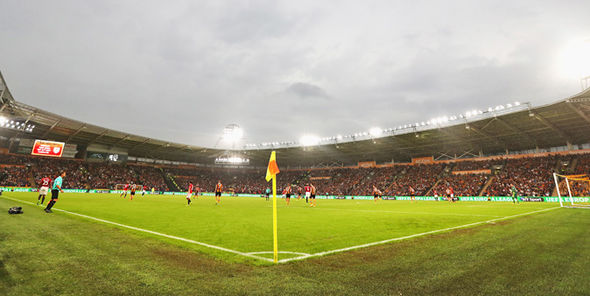YouTube adds HDR technology to make videos more vibrant
High dynamic range (HDR) clips feature a wider range of colours and a greater number of brightness levels between black and white. This boosts contrast and can make images seem more detailed. However, users will require compatible screens to see the improvements. And HDR-encoded videos may also look odd when played back in normal mode. While YouTube is offering one of the first ways for the public to share videos in the new format, professional streaming services including Netflix and Amazon Video have offered HDR films and television programmes for several months. The Xbox One S and PlayStation 4 video game consoles also recently added HDR support. “YouTube’s move is a big vote of confidence in HDR,” said David Mercer, from the technology consultancy Strategy Analytics. “It really is all about whiter whites and blacker blacks – it sounds corny, but when you’ve seen a really good demo, it can be quite spectacular. “But we will all need HDR screens to enjoy it.” Many of the latest 4K televisions support the innovation, which can help water appear to glisten, stars to sparkle and generally adds “pop” to footage. But it is still relatively rare to find HDR-capable computer monitors or laptop displays. Creators will also need access to compatible video cameras and editing programs. Apple’s Final Cut Pro X, Adobe Premiere Pro and Avid all added support for HDR video formats in recent months. But consumer-orientated software, including YouTube’s own web-based Editor, have yet to do so. To ensure those without compatible displays do not miss out, YouTube will, by default, play a standard dynamic range (SDR) version of...
